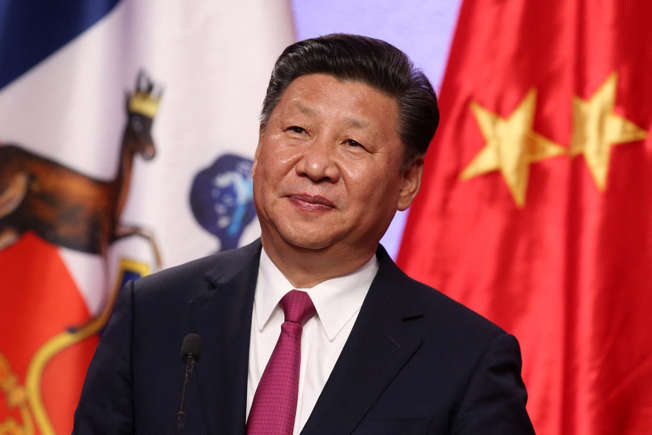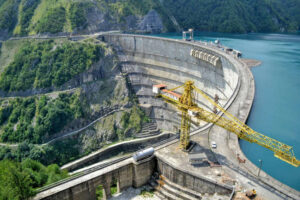
China has begun construction on Tibetan territory of what will be the world’s largest hydroelectric dam, setting off alarm bells and trepidation in neighboring India and Bangladesh, millions of whose citizens live downriver from the project. Local Tibetans will also be adversely affected.
Chinese Premier Li Qiang presided over the inauguration of the Yarlung Tsangpo Dam, built on the longest river in the Tibet Autonomous Region. This dam is located in a massive canyon, the deepest and longest in the world.

Chinese President Xi Jinping frames this construction as part of his “xidiandongsong” policy, which involves sending electricity from rural areas in the west to industrial centers in the east, according to Switchgear magazine.
Xi Jinping’s government believes the dam will be beneficial to everyone and will generate clean energy. However, activists point out that these dams are yet another example of the Chinese exploiting Tibetan lands.
Tibetan demonstrations against the dam’s construction have been harshly repressed by China, with many protestors arrested and seriously injured in the process.
The concern is that China will control or divert the Yarlung Tsangpo River. A report by the Australian think tank Lowy Institute has warned that controlling these rivers on the Tibetan Plateau gives China absolute control over the Indian economy and poses a potential danger to the region.
The minister of Arunachal Pradesh, one of the Indian states through which the river flows, expressed a similar view in the BBC: “It will pose an existential threat to our tribes and our livelihoods. It’s quite serious because China could even use it as a kind of water pump.”
China’s mega-dam has a budget of 1.2 trillion yuan – approximately $167 billion. Once completed, it will surpass the Three Gorges Dam as the world’s largest. It has the potential to triple China’s energy, according to Switchgear magazine.
“Suppose the dam is built and water is suddenly released, the entire belt around the Siang River would be destroyed. In particular, the Adi tribe and similar groups would see their property, land, and, above all, human lives, suffer devastating effects,” Indian authorities have insisted, fearing that the Siang and Brahmaputra rivers would dry up when the dam is completed, according to the BBC.
India has, therefore, taken action and plans to build a hydroelectric dam on the Siang River, to serve as a buffer against sudden releases of water from the Chinese dam. This would protect it against potential flooding in vulnerable areas.







